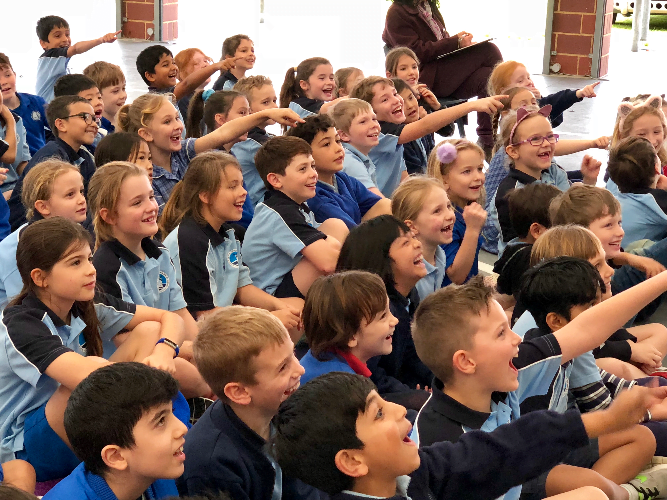Education is a lifelong process that should foster initiative, creativity in individuals. Education should allow students to maximise their participation in the Australian and global communities. Education is core to employment and socialisation. Quality teachers are essential to a cohesive civilised society and deserve our respect and support.
However, Australia dropped down OECD ranks based on the last Programme for International Student Assessment of 15-year-olds, and on other measures of performance have stagnated or gone backwards. Roughly one in five young people in Australia do not complete year 12, gaps in outcomes persist between Indigenous and non-Indigenous students, and the race for high ATARs (and entry to elite universities) is dominated by young people from the wealthiest backgrounds. 17% of Australian young people leave secondary school without achieving basic educational skill levels. (2018)
The National School Reform Agreement commenced in July 2019 but the Government performance reporting showed mixed results and a decrease in the proportion of students attending school. The annual NAPLAN reports show that high SES students, whether measured by parental occupation or parental education, do significantly better across all the literacy and numeracy tests.

It is in the nation’s interests for all children to have the opportunity to be well-educated, regardless of their parents’ means.
Our schools plan
| Deliver on the remainder of needs-based funding for government schools based on the Schooling Resource Standard of the 2011 Gonski report. |
| Raise the status of teachers and attract high achievers to the profession |
| – Improve pay for teachers, provide incentives for high achievers to study teaching, overhaul teacher career paths |
| – Fund master teacher positions and instructional specialists to support teachers |
| – Develop a scholarship program for high achieving students who choose to go on to teaching |
| – Fund the Australian Education Research Organisation to develop a clear understanding of which teaching practices and programs work and which do not |
| Give teachers enough time to be great teachers |
| – Fund more preparation time for high-quality lesson planning |
| – Reduce non-essential tasks that can be done by non-teaching staff |
| – Introduce more flexibility for structured preparation |
| – Reduce the proportion of out-of-field maths and science teachers taking those classes in secondary schools and reduce the maths gender gap |
| Reverse the decades-long trend of segregating children on the basis of ability to pay fees |
| – Measure the success of schools on the basis of equity and inclusion as well as academic success |
| – Invest in schools with high concentrations of poverty and disadvantage |
| – Encourage more parental and community involvement in schools |
| Replace NAPLAN with assessments that better inform measures required to close the widening gap in performance of disadvantaged students |
| – Adopt sampling and teacher-led assessments of student performance and growth |
| – Recognise the need for flexibility and an understanding of the complex factors at play for young people and focus more on motivation and engagement |
| Be guided by the Alice Springs Mparntwe Education Declaration |

